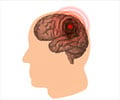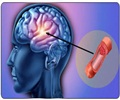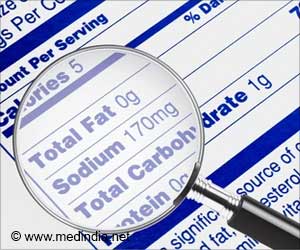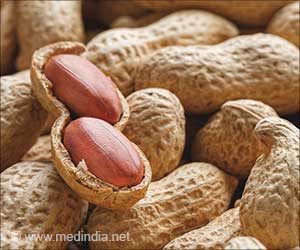Eating three bananas a day one for breakfast, one for lunch and one in the evening would provide enough potassium to reduce the chances of suffering a blood clot on the brain by around 21 per cent, according to a study by British and Italian researchers.
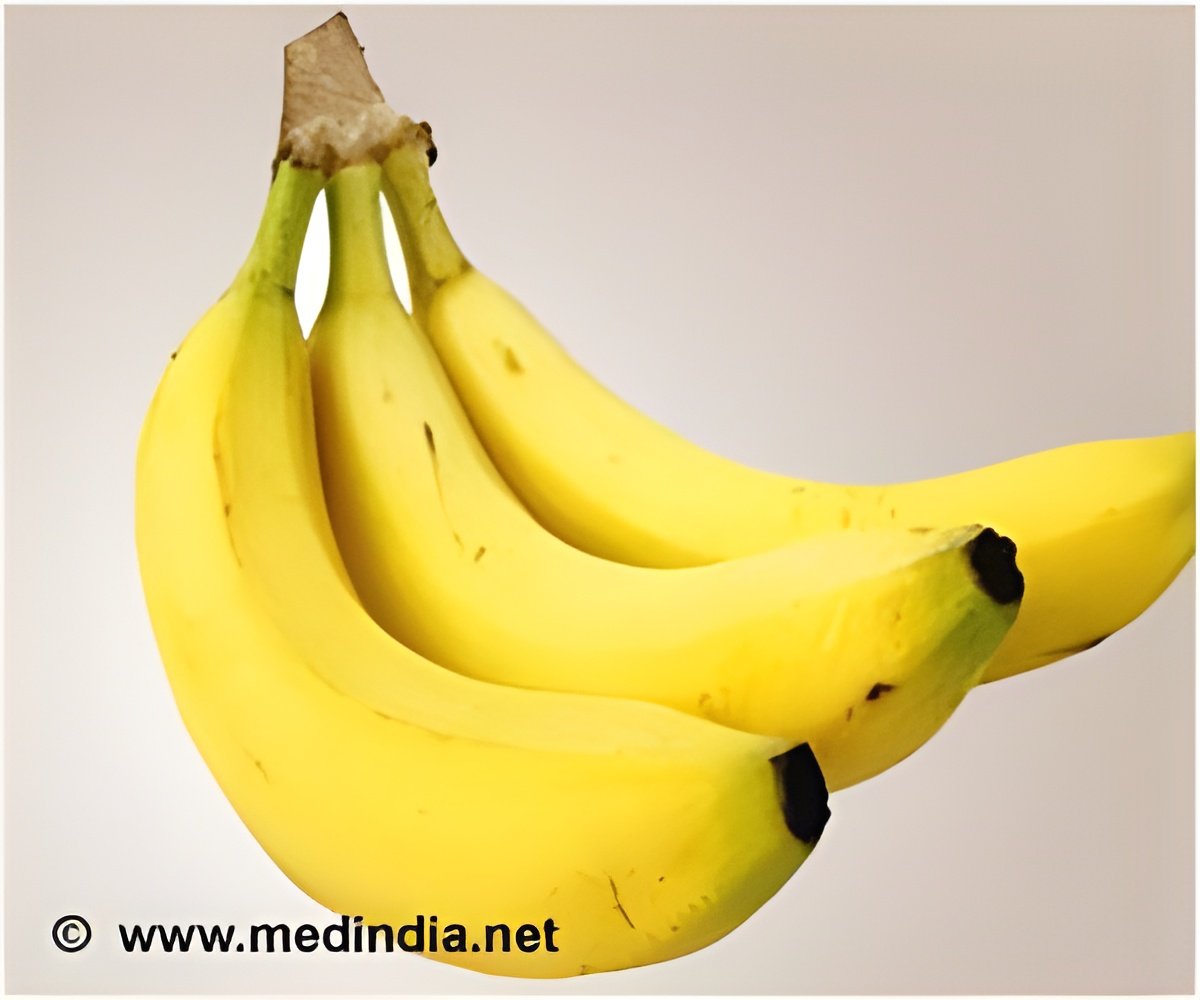
Although some previous studies have suggested bananas could be important for controlling blood pressure and preventing strokes, results have not always been consistent.
In the latest research, scientists analysed data from eleven different studies - dating back to the mid-Sixties - and pooled the results to get an overall outcome.
They found a daily potassium intake of around 1,600 milligrammes, less than half the UK recommended daily amount for an adult of 3,500mg, was enough to lower stroke risk by more than a fifth.
The average banana contains around 500 milligrammes of potassium, which helps to lower blood pressure and controls the balance of fluids in the body.
Too little potassium can lead to an irregular heartbeat, irritability, nausea and diarrhoea.
Advertisement
But if consumers ate more potassium-rich foods and also reduced their salt intake, the annual global death toll from strokes could be cut by more than a million a year.
Advertisement
Source-ANI



